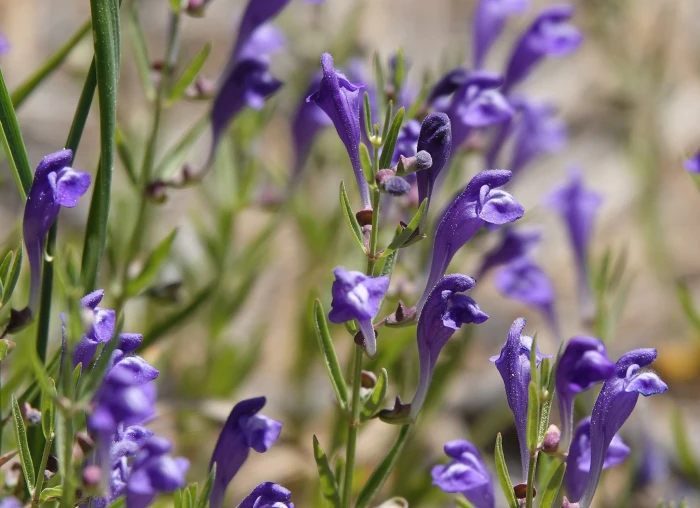Grayleaf Skullcap
(Scutellaria siphocampyloides)
Grayleaf Skullcap (Scutellaria siphocampyloides)
/
/

nmoorhatch
CC BY 4.0
Image By:
nmoorhatch
Recorded By:
Copyright:
CC BY 4.0
Copyright Notice:
Photo by: nmoorhatch | License Type: CC BY 4.0 | License URL: http://creativecommons.org/licenses/by/4.0/ | Rights Holder: nmoorhatch | Publisher: iNaturalist | Date Created: 2023-07-16T10:08:36-07:00 |
























Estimated Native Range
Climate Requirements for Ottawa, Canada
| This Plant | Your Site | Plant Suitability for Your Location | ||
|---|---|---|---|---|
| • Precipitation | 7" - 63" | 37" | Aquatic | Aquatic |
| • High Temp. | 64°F - 101°F | 81°F | Your summer temperatures are normal for this plant. | Excellent |
| • Low Temp. | 9°F - 40°F | 4°F | Your winter temperatures may be too cold for this plant | Too cold |
This plant should grow well at your location with about N inches per year (Y minutes per month) of irrigation.
Summary
Scutellaria siphocampyloides, commonly known as grayleaf skullcap, is a perennial herb native to chaparral, coastal sage scrub, and yellow pine forests of California. It is particularly adapted to the state’s mountainous and coastal regions. This species typically reaches up to 2 feet in height and produces erect stems covered with short, flattened hairs. The oval leaves are arranged oppositely along the stem, contributing to the plant’s textured appearance. From late spring to early summer, grayleaf skullcap bears tubular flowers that emerge from the leaf axils. These blossoms are up to 1 inch long and exhibit a color range from pale lavender to deep purple, attracting pollinators such as bees and hummingbirds.
Grayleaf skullcap is valued for its drought tolerance and ability to thrive in a variety of garden settings, including rock gardens and native plant landscapes. It is often used as a border plant or ground cover due to its low maintenance requirements and attractive foliage. In cultivation, it prefers well-drained soils and can tolerate full sun to part shade conditions. While it is generally disease-resistant, overwatering can lead to root rot. It is also important to note that Scutellaria species contain compounds that have been used medicinally, though caution is advised as some species can be toxic if ingested in large quantities.CC BY-SA 4.0
Grayleaf skullcap is valued for its drought tolerance and ability to thrive in a variety of garden settings, including rock gardens and native plant landscapes. It is often used as a border plant or ground cover due to its low maintenance requirements and attractive foliage. In cultivation, it prefers well-drained soils and can tolerate full sun to part shade conditions. While it is generally disease-resistant, overwatering can lead to root rot. It is also important to note that Scutellaria species contain compounds that have been used medicinally, though caution is advised as some species can be toxic if ingested in large quantities.CC BY-SA 4.0
Plant Description
- Plant Type: Herb
- Height: 0.5-1.5 feet
- Width: 0.5-1.5 feet
- Growth Rate: Moderate
- Flower Color: Blue, Purple, White
- Flowering Season: Spring, Summer, Fall
- Leaf Retention: Deciduous
Growth Requirements
- Sun: Full Sun, Part Shade
- Water: Low
- Drainage: Medium
Common Uses
Drought Tolerant, Low Maintenance, Rock Garden
Natural Habitat
Native to chaparral, coastal sage scrub, and yellow pine forests of California
Other Names
Common Names: Globe Skullcap, Roundhead Skullcap
Scientific Names: Scutellaria siphocampyloides, Scutellaria austinae, Scutellaria austiniae, Scutellaria linearifolia, Scutellaria siphocamyploides
GBIF Accepted Name: Scutellaria siphocampyloides